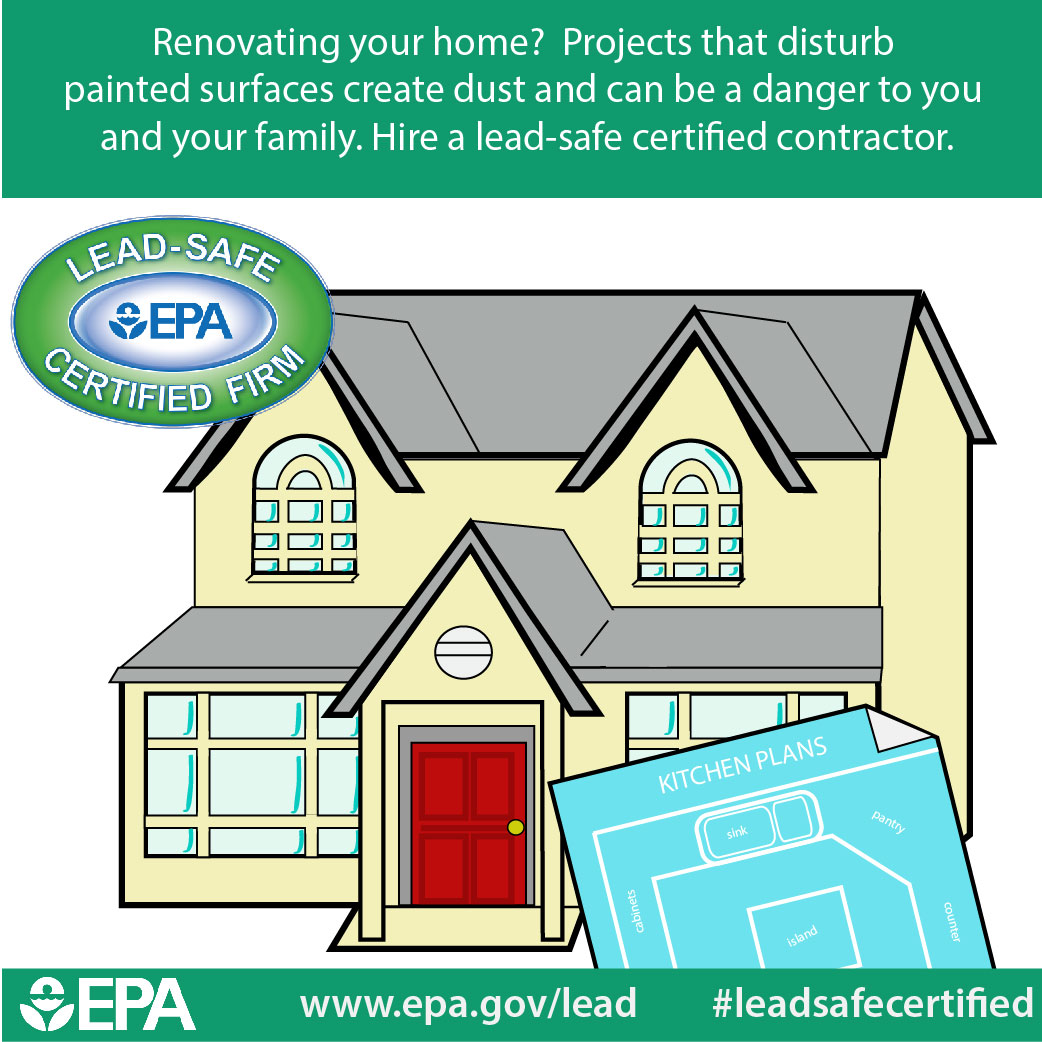Prepare Your Wall Surfaces For Painting With Crucial Ideas And Strategies That Promise A Flawless Surface-- Find The Essential Steps To Raise Your Task
Prepare Your Wall Surfaces For Painting With Crucial Ideas And Strategies That Promise A Flawless Surface-- Find The Essential Steps To Raise Your Task
Blog Article
Post By-Sander Raymond
When you're prepping your wall surfaces for paint, it's critical to comply with a methodical procedure to make certain a flawless surface. Start by taking a look at the wall surface for any kind of damages; this step can make or break your project. When you have actually recognized any problems, cleansing the surface area appropriately is important, as a dirty wall can impact paint attachment. After that, you'll require to patch any kind of blemishes and use a guide. Yet there are specific strategies and tips that can elevate your preparation video game-- let's check out those further to attain the best outcomes.
Assessing Wall Problem
Prior to you grab your paintbrush, take a moment to examine your walls' problem. Check for any noticeable damages like cracks, openings, or peeling paint. These imperfections can influence exactly how the paint adheres and looks once it's dry. If you notice any considerable damage, you'll require to focus on repair work prior to diving right into paint.
Look closely at the texture of your walls. Is the surface area smooth, or is there texture that might call for unique consideration? Smooth walls typically need much less preparation, while textured surfaces might require more time to paint evenly.
Additionally, consider the previous paint task. If the old paint is glossy, it mightn't allow brand-new paint to stick effectively. You'll wish to know if your wall surfaces have actually been repainted with oil-based or water-based paint, as this can affect your choice of primer or paint.
Lastly, keep in mind of any wetness problems. If you see signs of water damage or mold and mildew, address these troubles immediately to prevent more complications.
Cleaning up the Surface area
When you have actually evaluated the problem of your wall surfaces, the next step is cleansing the surface area. Beginning by gathering your products: a bucket, warm water, a moderate detergent, a sponge or cloth, and a scrub brush for tougher places.
Begin on top edge of the wall surface and work your way down. Mix the detergent with cozy water in your container, then dip the sponge or fabric into the solution. Wring it bent on avoid excessive dampness on the walls.
As you clean up, pay very close attention to locations that might've built up dirt, grease, or fingerprints. For https://www.freepressjournal.in/lifestyle/best-diy-tips-for-your-interior-wall-painting , use the scrub brush delicately to prevent harming the paint underneath. Rinse your sponge or cloth often in tidy water to stop spreading dust around.
After cleaning, visit my website to clean the walls with a damp fabric to get rid of any type of soap deposit. This action makes certain a smooth surface area for the new paint to adhere to.
Enable the walls to dry totally prior to moving on to the following prep work steps. This extensive cleansing procedure will assist create a fresh canvas for your paint task, guaranteeing the best results.
Patching and Priming
Patching and priming are critical steps in preparing your wall surfaces for a fresh coat of paint. Initially, examine your wall surfaces for any kind of holes, splits, or blemishes. Use a top quality spackling compound or patching paste to fill these locations.
Apply the compound with a putty blade, smoothing it out so it's flush with the surrounding surface area. Enable it to dry entirely, and afterwards sand it lightly till it's smooth and also.
When you've patched everything, it's time to prime. Guide helps secure the covered areas, ensuring the paint sticks effectively and offers an uniform finish. Choose a primer ideal for your wall type and the paint you'll be utilizing.
Use the guide making use of a roller for bigger locations and a brush for corners and sides. If your covered locations are dramatically large or porous, you could wish to use a second layer of guide after the first one dries out.
After priming, allowed every little thing completely dry completely before moving on to painting. This prep work won't only improve the look of your wall surfaces however also lengthen the life of your paint job.
Take your time, and you'll be pleased with the results.
Conclusion
By adhering to these simple steps, you can achieve a smooth and professional coating on your wall surfaces. Begin by assessing their problem, after that clean and spot any type of imperfections before using guide. Remember to enable ample drying out time and make certain every little thing is smooth prior to you dive into painting. With Read the Full Posting , you'll set the phase for an attractive change in your area. Currently, gather your supplies, take in the fresh air, and prepare yourself to repaint!
